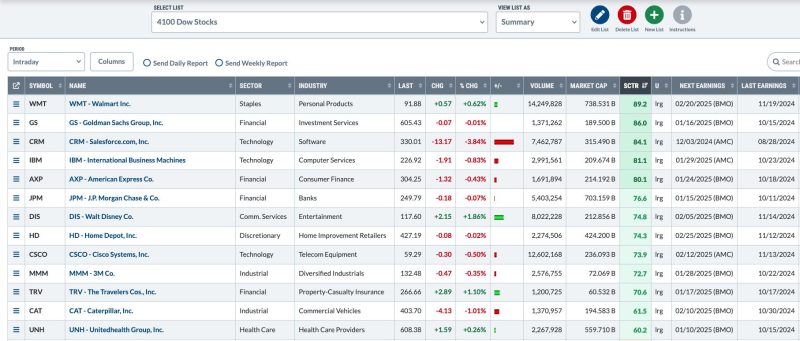1. Enhance Project Management Efficiency
One effective way to leverage chartlists is to streamline project management processes. By utilizing chartlists, project managers can easily track tasks, monitor progress, and allocate resources efficiently. With a visual representation of project timelines, milestones, and potential roadblocks, team members can stay aligned and focused on achieving project objectives. This method not only improves communication and collaboration but also enhances overall project efficiency and effectiveness.
2. Improve Data Analysis and Decision-Making
Chartlists are powerful tools for organizing and analyzing data, making them invaluable for data-driven decision-making. By creating visual representations of complex data sets, businesses can identify trends, patterns, and insights that might otherwise go unnoticed. This enables organizations to make informed decisions based on data-driven insights, leading to better outcomes and a competitive edge in the market. With chartlists, businesses can quickly spot opportunities for growth, optimize processes, and drive informed decision-making across all levels of the organization.
3. Enhance Performance Monitoring and Reporting
Monitoring performance metrics is crucial for evaluating the success of business operations and identifying areas for improvement. Chartlists provide a visual snapshot of key performance indicators (KPIs) and metrics, allowing stakeholders to monitor progress towards goals and targets in real time. By regularly updating and sharing performance charts, organizations can track performance trends, measure outcomes, and communicate progress effectively to stakeholders. This real-time visibility enables proactive decision-making and continuous improvement to drive organizational success.
4. Facilitate Strategic Planning and Goal Setting
Chartlists play a vital role in facilitating strategic planning and goal setting by providing a visual roadmap for organizations to align their objectives and initiatives. By mapping out strategic goals, action plans, and timelines in chartlists, businesses can ensure alignment across departments and individuals towards a common vision. This visual representation helps in setting priorities, identifying dependencies, and allocating resources effectively to achieve organizational goals. With chartlists, businesses can create a structured framework for strategic planning, ensuring clarity, accountability, and alignment towards success.
5. Drive Effective Communication and Collaboration
Effective communication and collaboration are essential for the success of any organization. Chartlists serve as a common visual language that enables teams to communicate complex ideas, timelines, and goals effectively. By creating and sharing chartlists with stakeholders, teams can align on priorities, share progress updates, and collaborate on achieving common objectives. This fosters a culture of transparency, accountability, and teamwork within the organization, leading to improved decision-making, increased efficiency, and better outcomes. By harnessing the power of chartlists, businesses can drive effective communication and collaboration across teams, departments, and stakeholders, ultimately leading to organizational success.

























